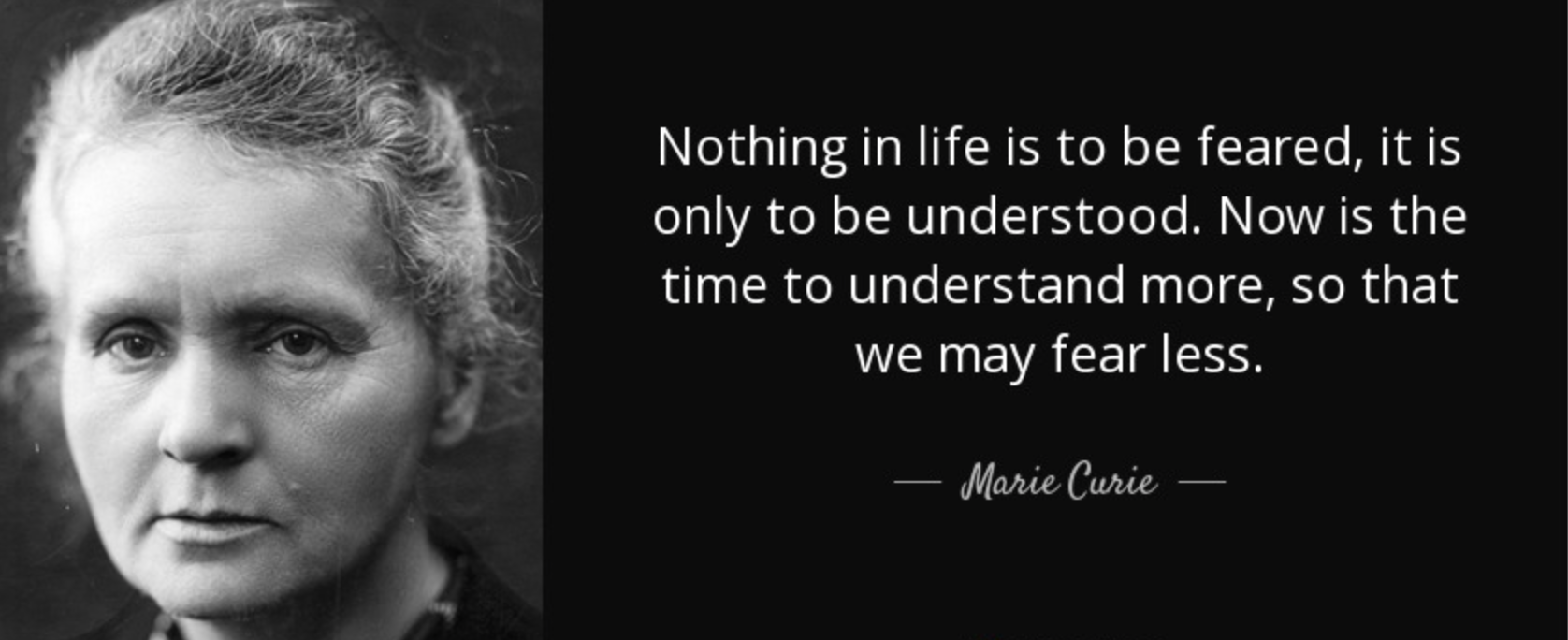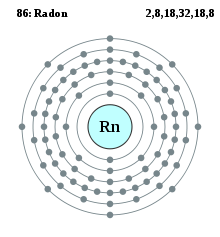Bio of the day 2: Marie Curie - have no fear of perfection, you will never reach it

Bio of the Day 2: Marie Curie the founder of Plutonium and Radium
One of the greatest tragedies in human history has been the intellectual discrimination of women. Imagine how much more knowledge and advancement could have happened if society embraced the equal potential of all.
In this regard, we have went in the wrong direction for thousands of years and unfortunately living with the unseen consequences today. However, along the way, we have had women of such impact that it fundamentally challenged almost every assumption society once held. Rocking to the core the foundations of education, public health, medicine, politics, science, and the arts.
One such women was Marie Currie (1867-1934) - winner of the Nobel Prize in Physics and Chemistry.
Fearless From Birth
"Have no fear of perfection; you'll never reach it."
Marie Curie was born in the then recently usurped city of Warsaw in 1867. Grown in an intense nationalistic family, her father was thrown out of a prominent teaching position due to his nationalist beliefs. She spent much of her childhood seeing her father and mother work as under paid teachers throughout Poland. This instability and the death of her little sister shook Marie but never stopped her form her studies. As what would become a norm for the rest of life, tragedy made her work harder.
She graduated her high school with top honors. Shortly after, with school no longer there to distract her from troubles at home, Marie suffered a battle with depression. Her father sent her to the countryside to recover, where she obtained her first job as a teacher educating the children of a beat farmer. After three years, Marie had managed to save enough money to study in Paris.
At the age of 24, she was a lone in Paris, had troubles with the language, and struggled even more with her classes. Despite being ill-prepared in coursework compared to her colleagues, she finished her degree in 3 years by a relentless work ethic that had her friends and professors fear for her livelihood. For her superior work in Physics, she was given a scholarship by the Encouragement of National Industry to study different steels.
So, by the age of 27, she has overcome national turmoil, childhood poverty, paid her way through a masters program, and supported herself alone in one of the largest cities in the world at the time….
The Love Story
_and_Marie_Sklodowska_Curie_(1867-1934)%2C_c._1903_(4405627519).jpg)
The love between Marie and Pierre Curtie was said to have made the angels jealous. They shared everything. In the lab, they moved as if they were of one mind and as necessary as the poles of the Earth.
Below is an excerpt of Paul to Marie shortly before their marriage:
“It would, nevertheless, be a beautiful thing in which I hardly dare believe, to pass through life together hypnotized in our dreams: your dream for your country; our dream for humanity; our dream for science.” – Pierre Curie
It was Marie who pushed Paul to get a doctorship and it was Pierre who unwaveringly supported Marie. Helping her and furiously defending her against the mysogney of the time.
Platonium, Radium, and the Noble Prize in Phsyics
In her small lab in a makeshift warehouse, Marie made her first major discovery. Uranium, no matter what form – powdered or solid – gave the same strength of rays. She called this phomonemon radioactivity. In order words, there were changes happening at the atomic level. A discovery in the time where some of the worlds most prominent scientists believed that all the atoms that existed were created at the beginning of time and remained fixed through out.
The next breakthrough came when she applied these principles to pitchblende, a mineral rich in uranium that gave off more radioactivity than the uranium inside! This mean that pitchblende was made up of many more elements, 30 to be exact. Marie and Paul were able to isolate two calling them Platanioum – honoring Marie’s homeland of Poland- and radium or rays in latin. Sound familiar?
Pitchblende

For this work Marie and Pierre received the Nobel Prize in physics in 1903 cementing Marie Curie as the first women to win a Nobel Prize.
Financial Hardship and Tradegy
Neithier received any large financial gain from the discovery. They were teaching offers but the most lucrative were barred because of Marie’s gender and institutional politics. The period was so that a nobel prize could not gain a woman into the world’s most prestigious universiites.
Even worse, just 3 years after in 1906, Pierre tragically dies. After working in the lab, Pierre slipped on the side walk landing hand first on the road where and a horse carriage crushed his skull. He died instantly. In her her own words of mourning:
“It is impossible for me to express the profoundness and importance of the crisis brought into my life by the loss of the one who had been my closest companion and best friend”
The scientific community rallied around Marie as the death so close to the Nobel was considered a national tradegy. She received her husband's professorship becoming one of the few tenured women professors in science at her time.
Scandal, Trial, and the Nobel Prize in Chemistry
She went back to work a day after the funeral. Furiously throwing herself in her new professorship and creating institutes that would advance the study of radioactive. Amiss raising a daughter and teaching she was accused of a love scandal that never happened – one of her married students fell in love with Marie and the French public accused her as a forienger breaking up a French home. She was charged for scandal and, during the trial, she won the Nobel Prize in Chemistry for her work in Radium and Platnioum.
Newspaper Article of the Scandal

During the ceremony, some scientists accused her morally unfit for the awards because of this scandal. Others said it was a pitty prize for Pierre's death who did the majority of the work – it was the other way around. But, the truth prevailed and no one could deny her contributions to the re-shaping of science and the world.
What came of her work?
The Xray that has saved millions and millions of lives in the fights against cancer and detecting the early onset of dieses.

Power plants that fuel the world with such efficiency the price of power decreased changing electricity from a premium to a basic necessity.

Radon used to treat cancer.

Have no fear of perfection; you'll never reach it.
Marie Curie, no matter what she went through, never lost her focus in science. That passion fueled her to the tops of the community and vastly changed how we live today. She showed that intelligence was not divided by gender but only by sheer determination, passion, focus, and love.
Fear nothing, relentless commitment to vision, and sheer strength of will can turn anyone from a poor girl in Warsaw to one of the most famous figures in science.

Very well summarized! She left and very deep imprint on science, in particular when we thought about her time where women had basically very little rights.
Thanks for sharing!
Thank you so much @lemouth love physics so followed your blog =D
Thanks a lot to you too!
i like it.. upvoted it!